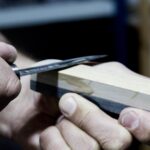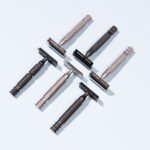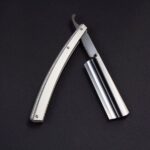We’ve already broken down traditional sharpening pastes, but we’ve received a lot of questions about diamond sharpening pastes. We’re breaking down diamond sharpening pastes a little more, so you’ll know when, and how, to use them.
Background
As the steel-making craft improved, making razors harder than the materials used to sharpen them, traditional paste materials began to meet their match. This contrast of a softer grit against a harder blade is counterproductive; it dulls rather than sharpens a blade. Fortunately, the issue was resolved once the industry devised diamond sharpening-pastes.
Why Use Diamond Sharpening Pastes?
As the hardest material currently available, diamonds more than meet the sharpening requirements of any steel in the marketplace today. Gem-quality diamond mining produces large quantities of industrial-grade diamonds as well. These diamonds may not have the clarity and consistency of high-quality gemstones, but these flaws do not interfere with their suitability as a high-quality abrasive. Additional diamond sharpening material is made available through the waste created when gem-quality stones are cut, shaped, and polished. Crushed to a fine powder, this diamond residue permits an efficient and effective polishing action. A sharpening paste made with crushed diamonds can be the ultimate tool for achieving razor-sharpness.
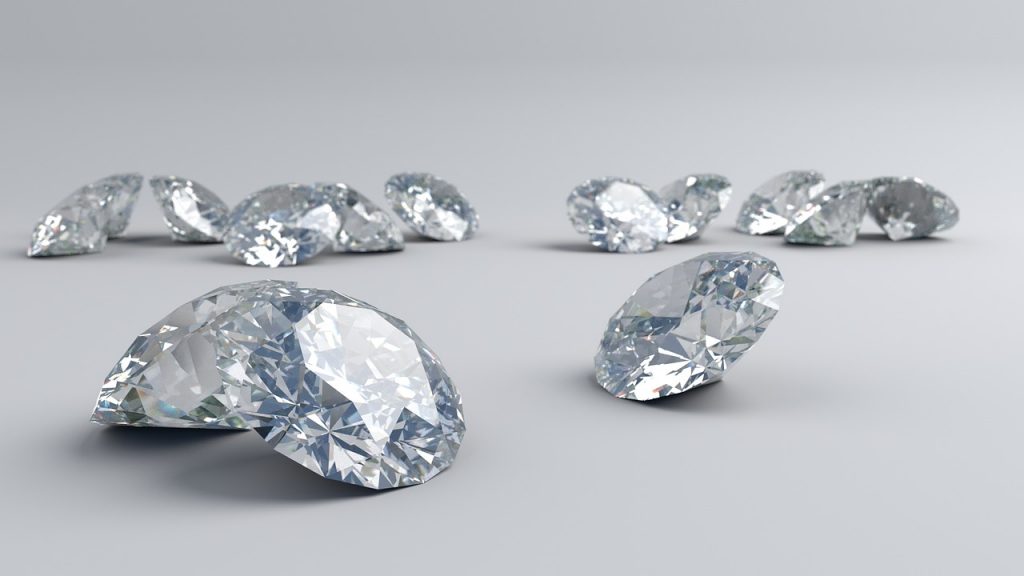
The carrier, or actual paste, used in a sharpening product must also adhere to industry standard. Although the polishing action of an oil-based paste is acceptable for industrial application, this does not apply to straight razor sharpening. For straight razors, a water-based paste is preferred as it can be easily rinsed, avoiding the possibility of skin irritation or infection.
Important Tips
- Using diamond-sharpening compounds at a 0.5 micron or finer grit may cause an over-sharpened edge. Avoiding such fine grits and using diamond pastes with 1 micron or slightly less grit will still effectively sharpen most dull razors.
- Occasionally, diamond pastes are so effective that a razor’s edge can be made too sharp. This can lead to skin irritation and razor burn as the overly sharp edge snags on any flaws on the skin surface. To prevent this, a razor’s edge should float over the skin, cutting off unwanted hairs at the base, while gliding safely across the skin.
When to Use a Diamond Sharpening Paste
If a razor catches, pulls, or feels uncomfortable while shaving, sharpening is required. Begin by applying a diamond-pasted strop round-trip twenty times and then attempt another shave. If problems arise, run the blade against the strop again to improve the edge to your satisfaction. Although there are many tests of razor sharpness, such as the hanging-hair test, the standing-hair test, or forearm shaving, the only reliable method is using the razor to shave.
Daily maintenance of a well-sharpened blade may include stropping with a variety of diamond-sharpening compounds. With more challenging razor edges, like those of neglected blades or chipped blades, diamond pastes alone may not be enough, and some honing will be required. After the hone has repaired most damage, diamond sharpening-pastes will complete the blade’s return to a fine cutting edge.
Proper Use of Diamond Sharpening Pastes
A textured leather paddle-strop is the most effective way to use diamond sharpening pastes on your straight razor. The roughness of a heavier grained leather strop holds and keeps the paste available to begin the sharpening of the blade pass by pass. Proper amounts of the paste are easily applied using the push-drop dispenser applicator, which also avoids over-application. This conserves the diamond-sharpening paste and ensures efficient sharpening.
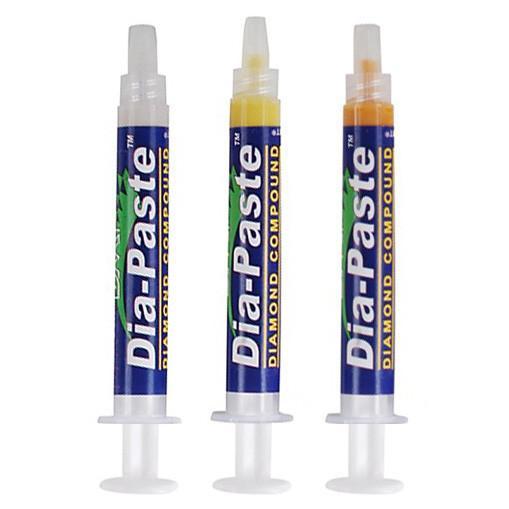
Dispenser procedure:
- Gently shake the dispenser.
- Uncap and begin the compound flowing by applying pressure to the base’s membrane.
- 10-12 drops is suggested for the first application. Any excess paste on the dispenser can be gently wiped onto the strop to avoid waste.
- Space the drops of compound down the length of the strop and work thoroughly into the leather with the fingertips or heel of the hand.
- There is no need to clean the paste off the strop, in fact, the remaining compound improves the next sharpening action and reduces the amount of paste needed for future sharpening.


